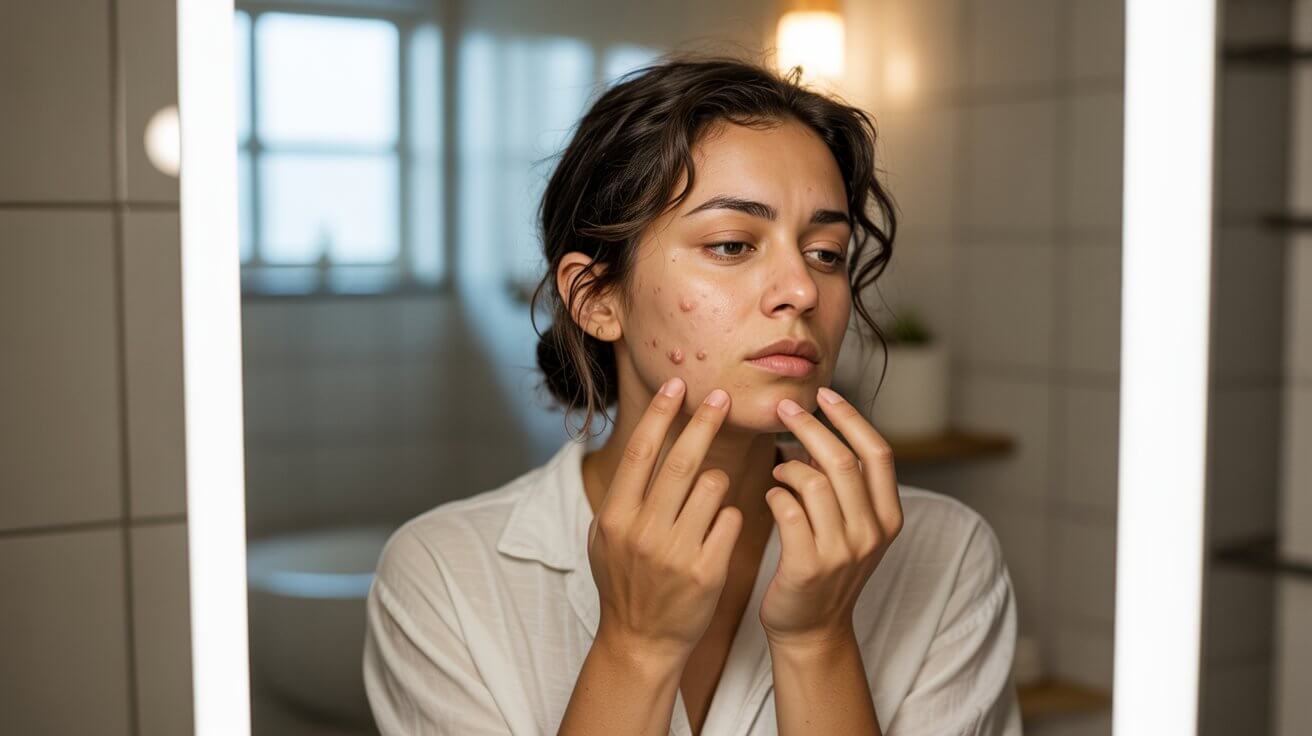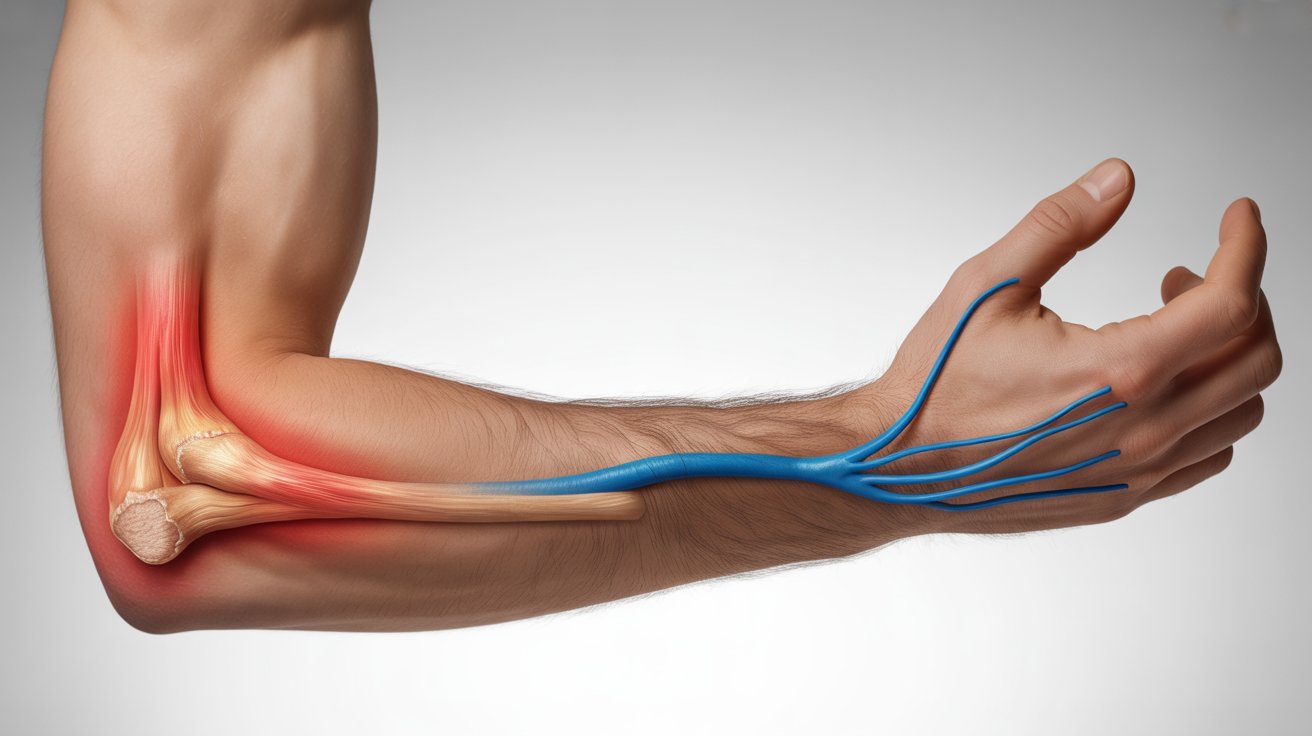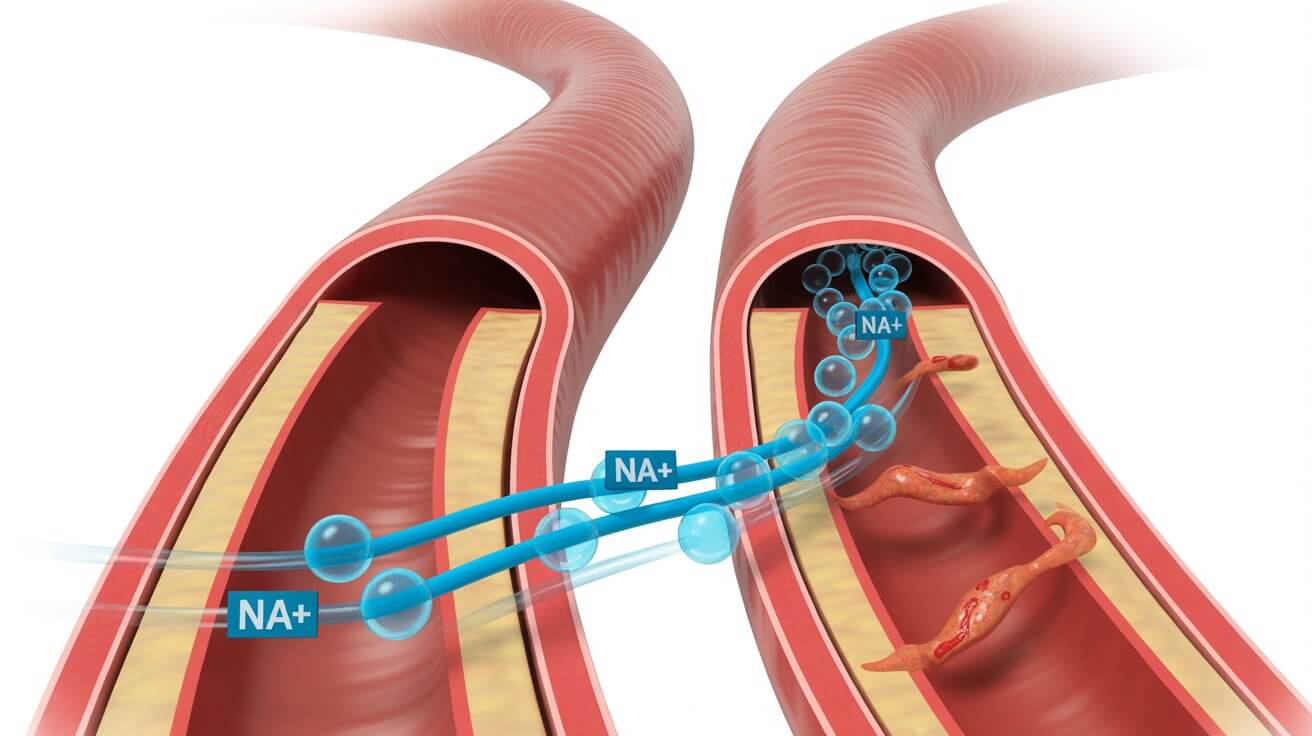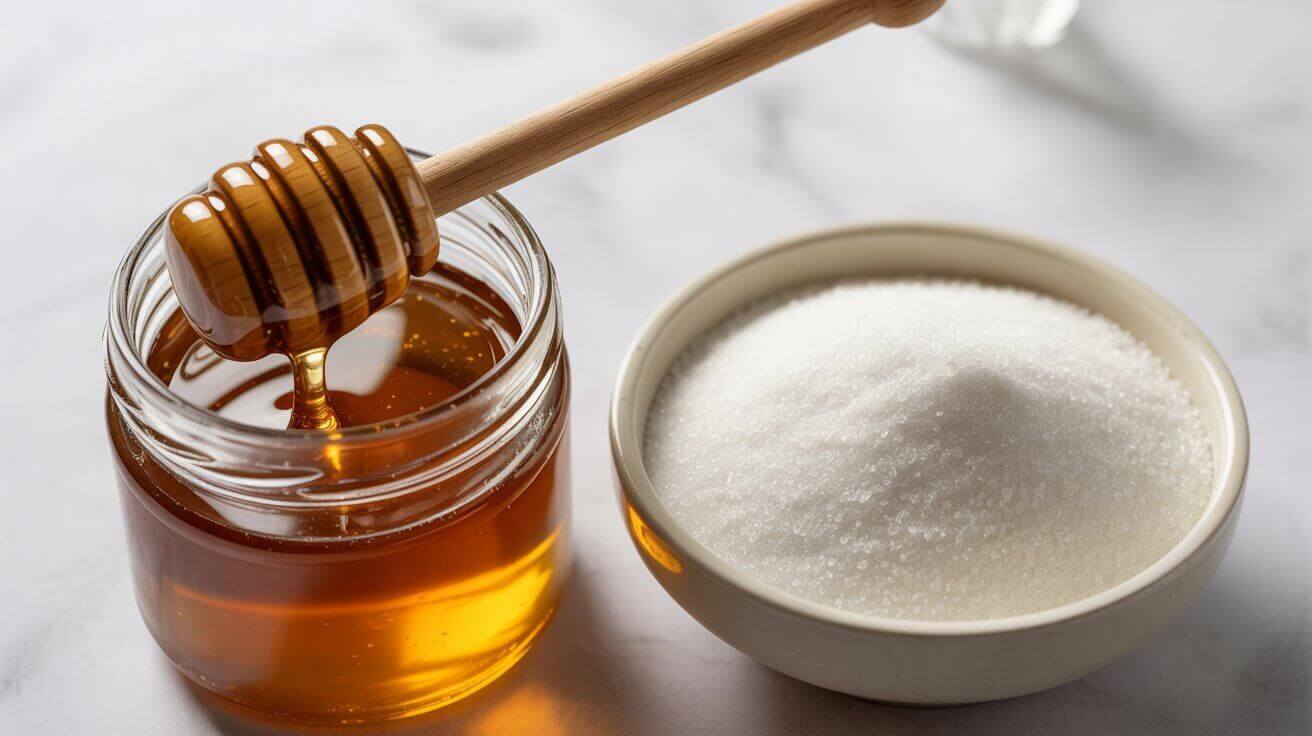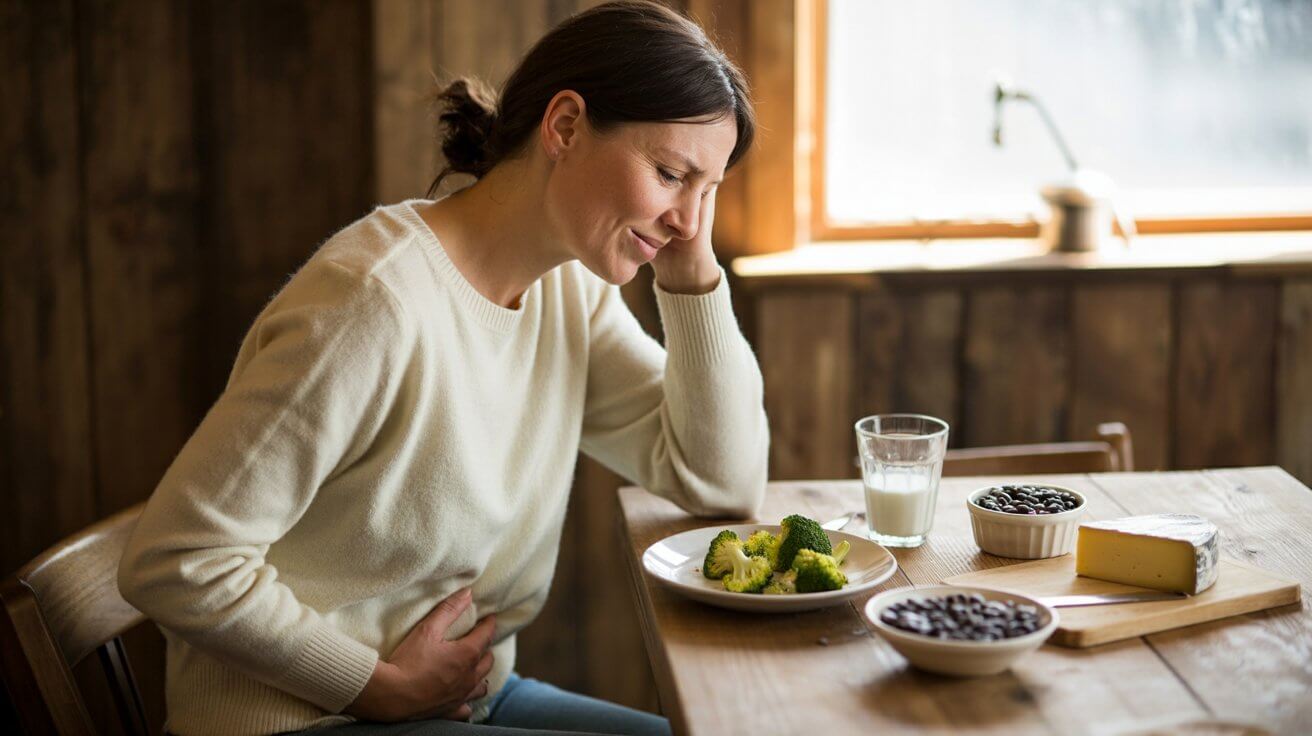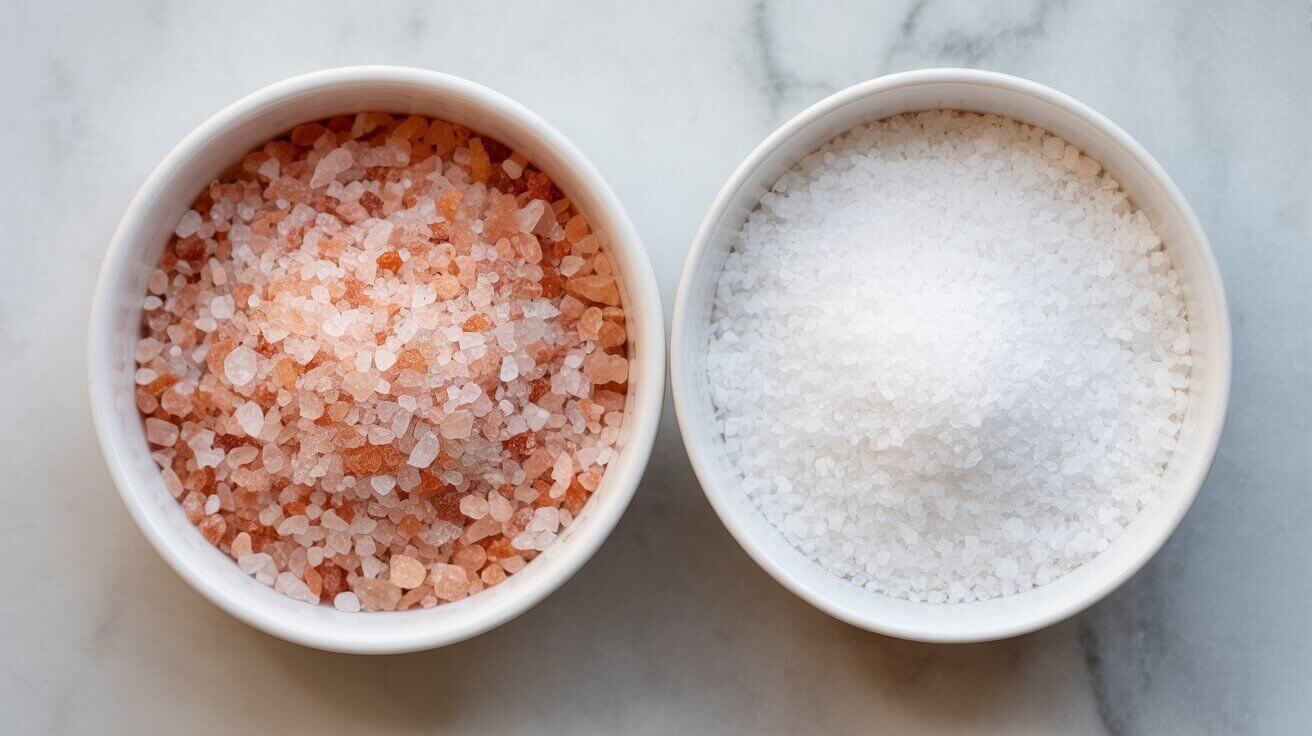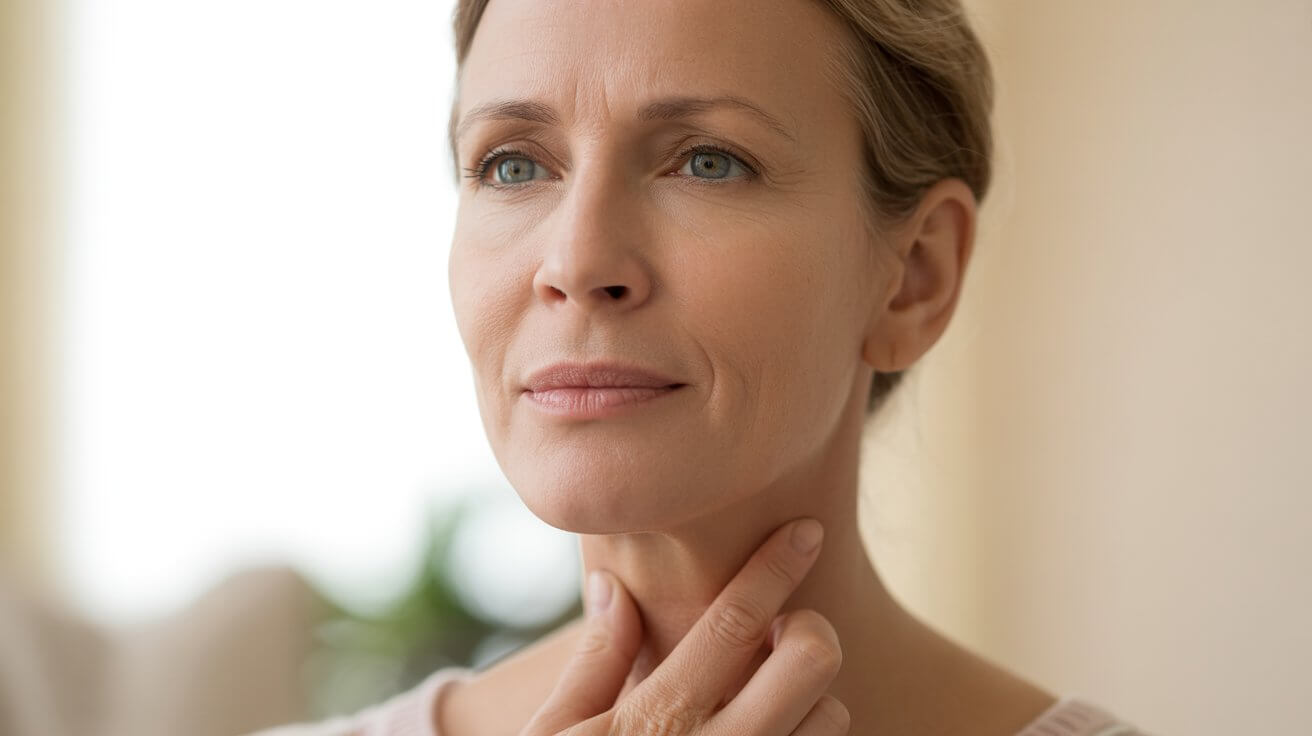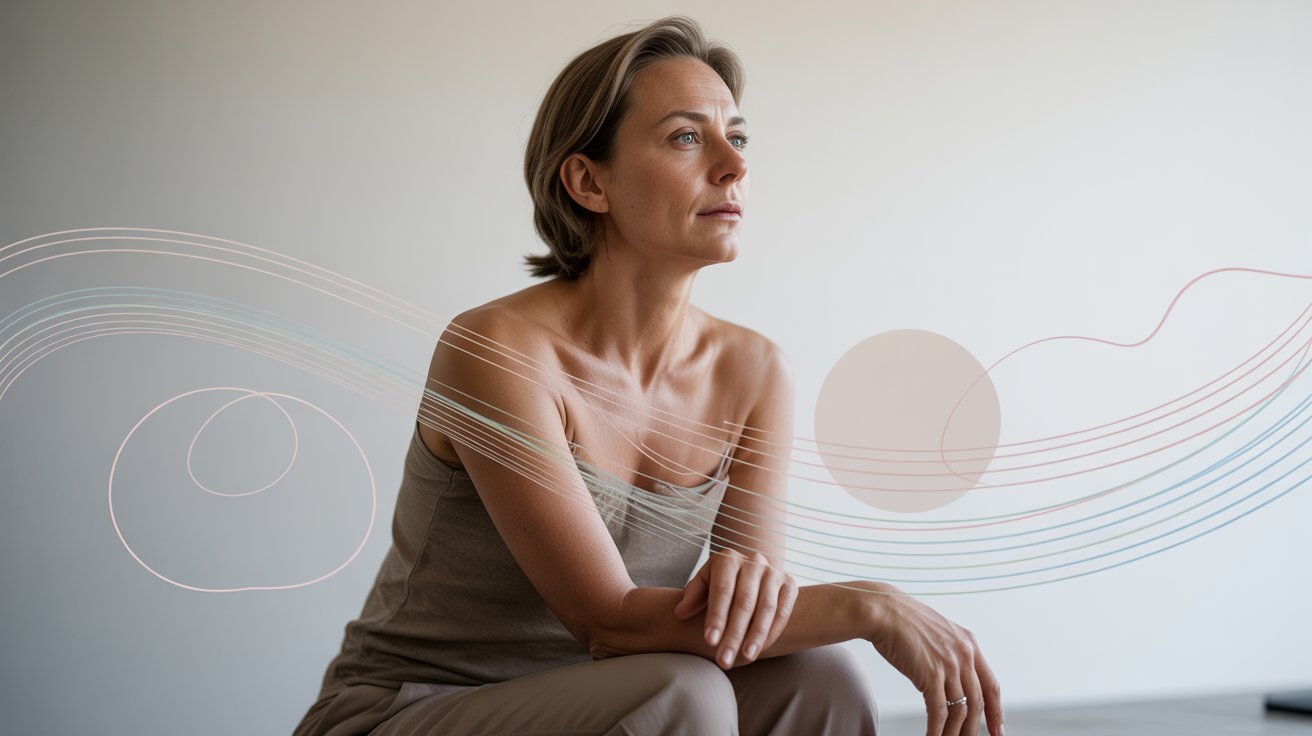You followed a diligent skincare routine in your teens, thinking breakouts were behind you. Yet now, in your 20s, 30s, or even 40s, you’re seeing persistent pimples on your chin and jawline. This frustrating experience is known as adult acne in women, and if you’re asking, “Why am I still breaking out?”, understanding its unique causes is the first step toward managing it.
What Does Adult Acne Look Like (And Why Is It Different)?
Unlike the scattered breakouts of adolescence, adult acne often has a distinct pattern. It tends to be more inflammatory, presenting as tender bumps under the skin (cysts) or sore red pimples. A key characteristic is its location, typically concentrated on the lower third of the face, including the chin and jawline. But why does this happen?
What Are the Main Hormonal Acne Causes?
For many women, the root of the issue is hormonal fluctuation. Your body’s hormones don’t just stop changing after puberty. Monthly menstrual cycles, pregnancy, perimenopause, and underlying conditions like Polycystic Ovary Syndrome (PCOS) all create shifts in your hormonal landscape.
The Role of Androgens and Sebum Production
The key players are androgens, a group of hormones that includes testosterone. While androgens are normal in women, even a slight excess can trigger your sebaceous (oil) glands to go into overdrive.
- Physiological Explanation: When androgen levels rise, they signal the oil glands in your skin to produce more sebum. This excess oil, combined with dead skin cells that aren’t shedding properly, creates the perfect environment for pores to become clogged. This blockage is the starting point for inflammatory pimples.
Is It More Than Hormones? The Link Between Stress and Acne
While hormones are a primary factor, they often work in concert with other triggers. When you’re stressed, your body releases cortisol.
- Physiological Explanation: Cortisol, the “stress hormone,” can also stimulate your oil glands to produce more sebum, similar to androgens. It also increases inflammation throughout the body, turning a minor clogged pore into a large, red, and painful pimple. This explains the common experience of a “stress breakout.”
More Helpful Reads You Might Like:
A Practical Skincare Routine for Adult Acne
Gaining control over breakouts involves a gentle and consistent approach.
- Simplify Your Routine: Focus on a gentle, non-comedogenic cleanser, a suitable moisturizer, and daily sunscreen. Sunscreen is crucial as it prevents dark spots (post-inflammatory hyperpigmentation) from forming after a pimple heals.
- Incorporate Key Ingredients: Look for products with retinoids (like over-the-counter retinol) to promote cell turnover, and salicylic acid to gently exfoliate inside pores.
- Manage Stress Levels: Incorporate stress-reducing activities into your life. Whether it’s daily walks, mindfulness, or a hobby, lowering cortisol can have a direct, positive impact on your skin.
- Don’t Pick or Squeeze: This is critical. Squeezing a pimple can push bacteria deeper, worsening inflammation and increasing the risk of scarring.
When Should You See a Dermatologist for Acne?

If your acne is persistent, cystic, or impacting your self-esteem, a board-certified dermatologist can offer a range of effective treatments. Managing adult acne in women sometimes requires more than skincare. These medical options may include:
Hormonal Therapies (Pills and Spironolactone)
For many, addressing the root hormonal cause is key. This can include specific types of oral contraceptive pills that are FDA-approved for acne, or a medication called spironolactone, which works by blocking the effect of androgens on the oil glands.
Antibiotics and Advanced Treatments
To reduce bacteria and inflammation, a dermatologist might prescribe topical creams or oral antibiotics. For severe or treatment-resistant acne, oral isotretinoin can be a highly effective option, but it requires close medical supervision.
Dealing with adult acne can be an emotional burden. It’s important to remember that this is a medical condition, not a personal failing. A dermatologist is your best ally in creating a safe and effective plan that restores both your skin health and your confidence.
Frequently Asked Questions (FAQ) about Adult Acne
Q1:What is the main cause of acne in women?
Hormonal shifts, stress, poor diet, and lifestyle habits like smoking are common causes. These factors can trigger oil production and inflammation, leading to breakouts.
➡️ Acne is influenced by both internal and external factors.
Q2: What female hormones cause acne?
Androgens, such as testosterone, increase oil production in the skin, clogging pores and causing acne. This is often seen in women with hormonal imbalances like PCOS.
Q3: 3. How to treat adult female acne?
Treatment for adult acne in women includes topical creams, oral medications, hormonal therapy (like birth control), and healthy lifestyle changes. A dermatologist can tailor treatment based on severity and cause.
Q4: What does female hormonal acne look like?
It usually shows up as deep, painful pimples on the chin, jawline, or neck. Breakouts often worsen before menstruation.
➡️ While it can start in the teenage years, it often continues into adulthood.
Medical Disclaimer: This content is for educational purposes only and does not replace professional medical advice, diagnosis, or treatment. Always consult your physician or a qualified healthcare provider with any questions about a medical condition.
Sources & Further Reading
- Bagatin, E., Freitas, T. H. P. de, Rivitti-Machado, M. C., Ribeiro, B. M., Nunes, S., & Rocha, M. A. D. da. (2019). Adult female acne: a guide to clinical practice. Anais Brasileiros de Dermatologia, 94(1), 62–75. (From PubMed)
- “Adult acne” – American Academy of Dermatology (AAD)
- “Acne – Symptoms and causes” – Mayo Clinic
- “Hormonal Acne” – Cleveland Clinic
- “Acne: Diagnosis and Treatment” – National Institutes of Health (NIH)
- “Adult Acne: Is It ‘Normal’?” – Johns Hopkins Medicine
